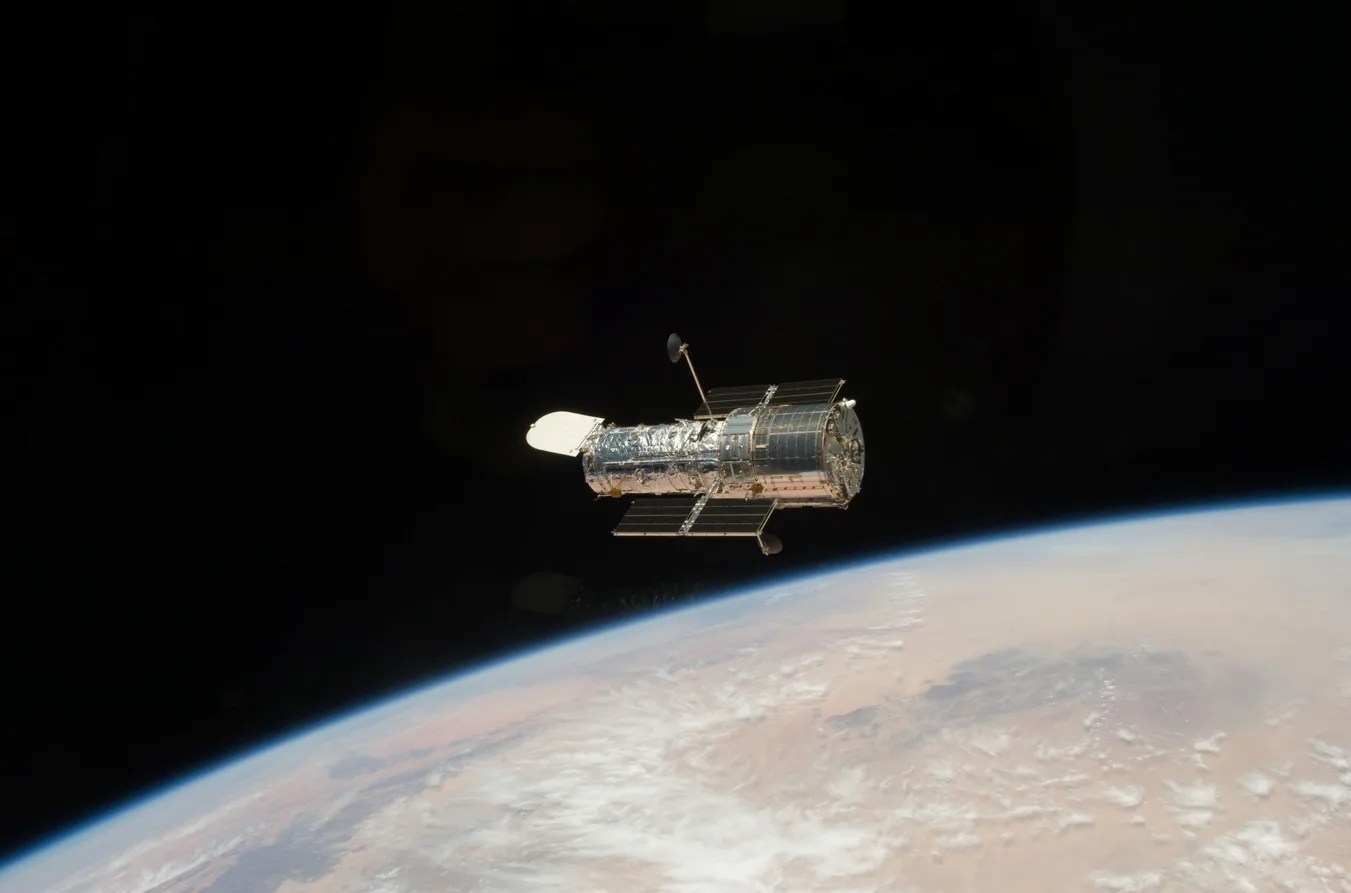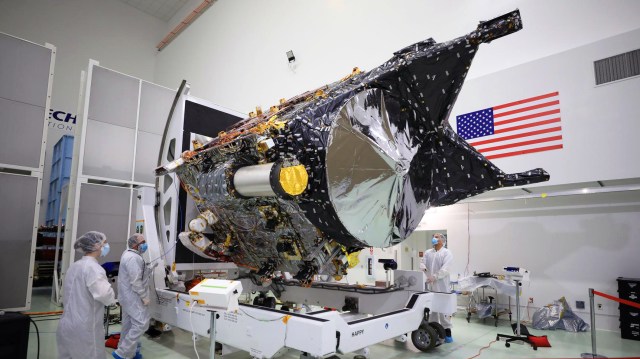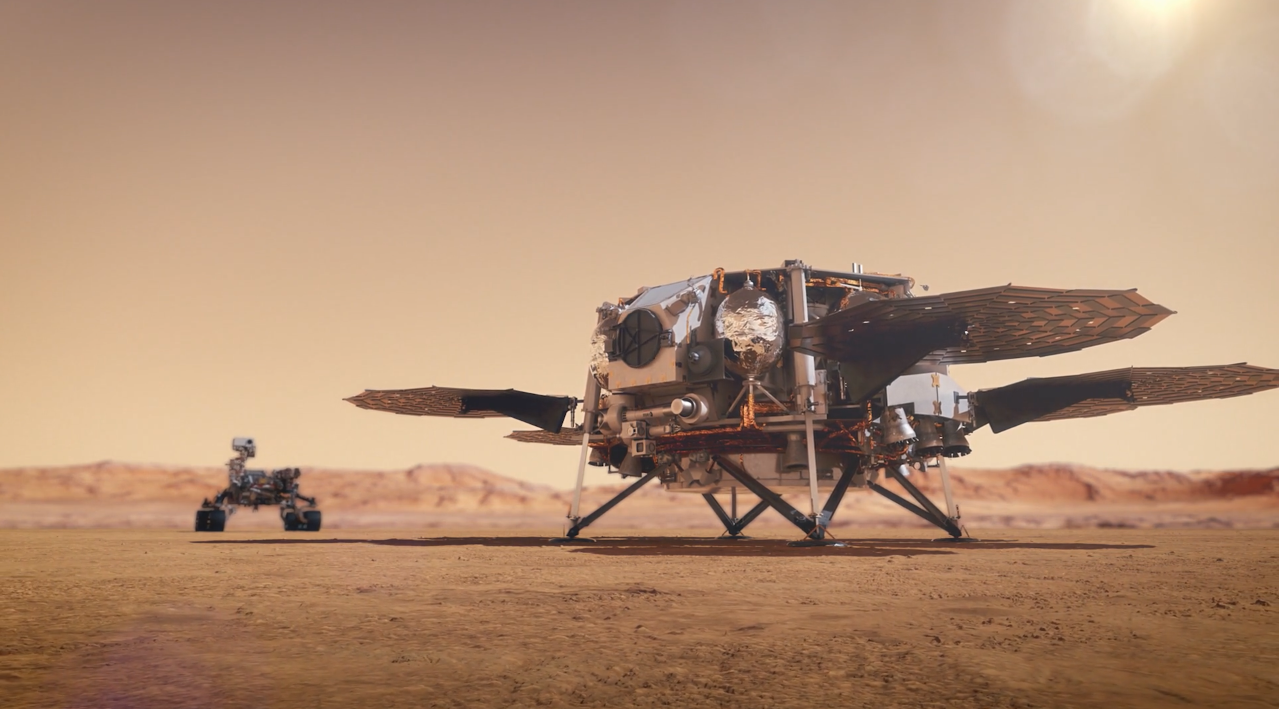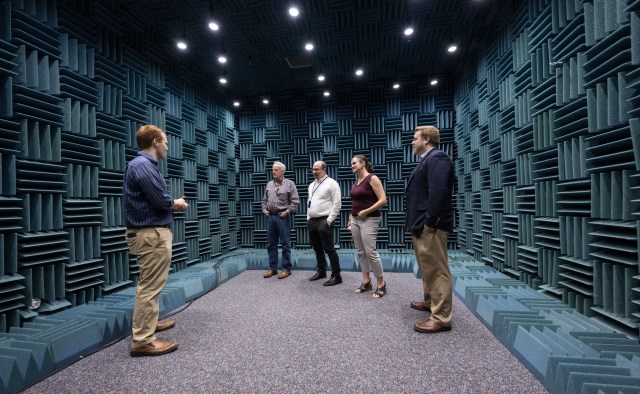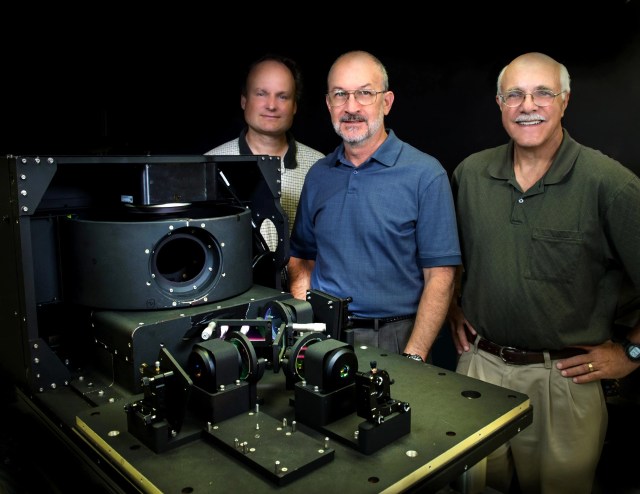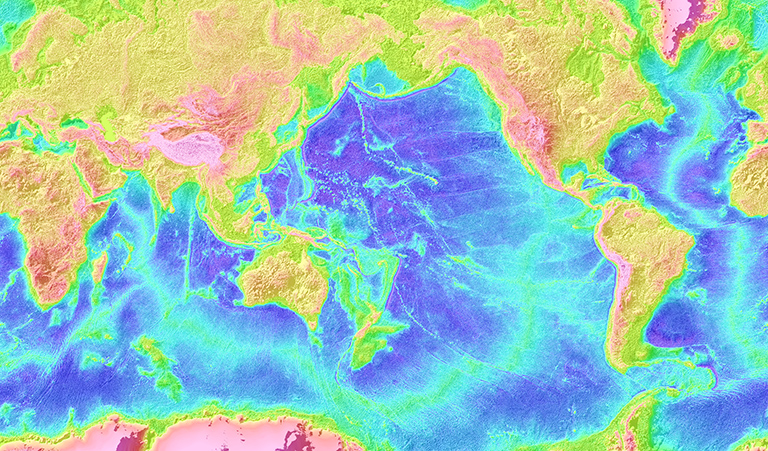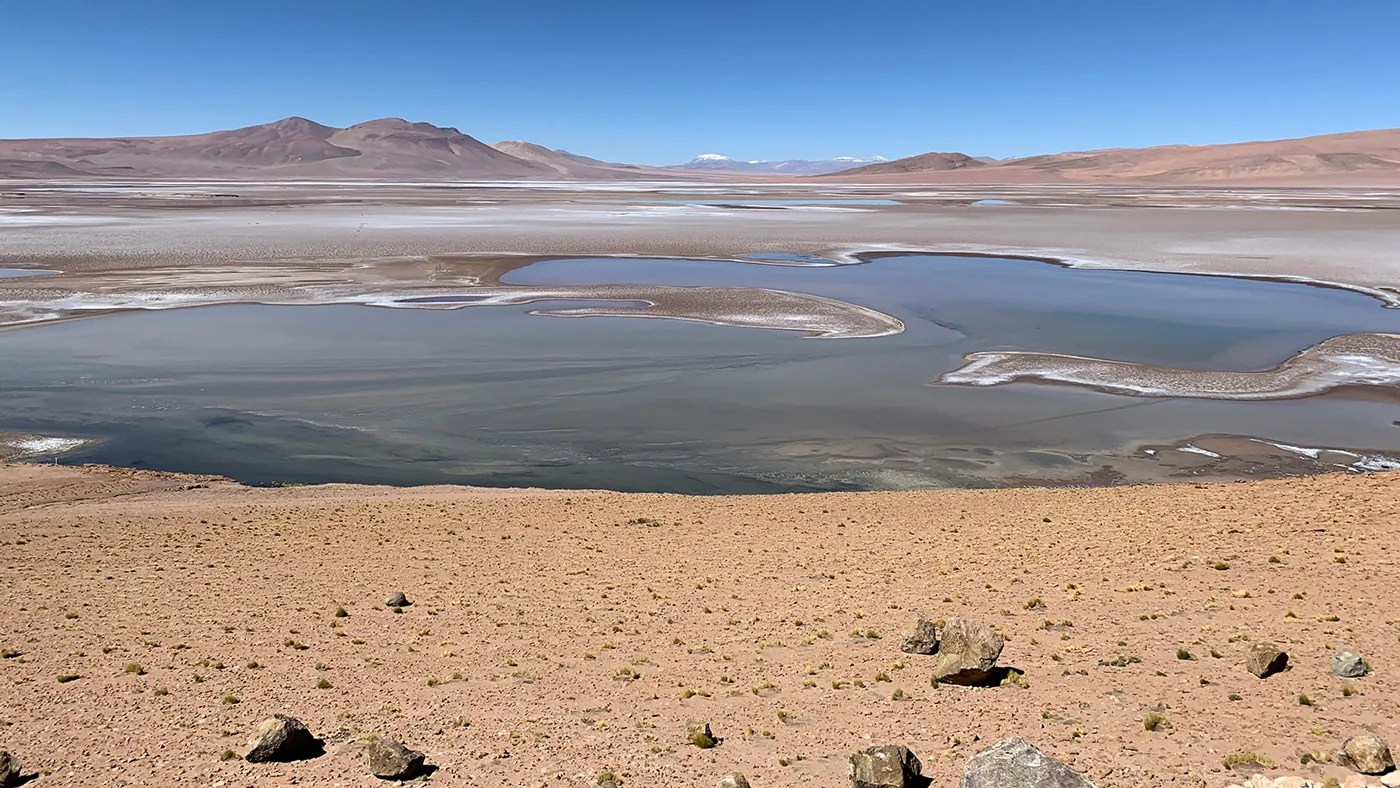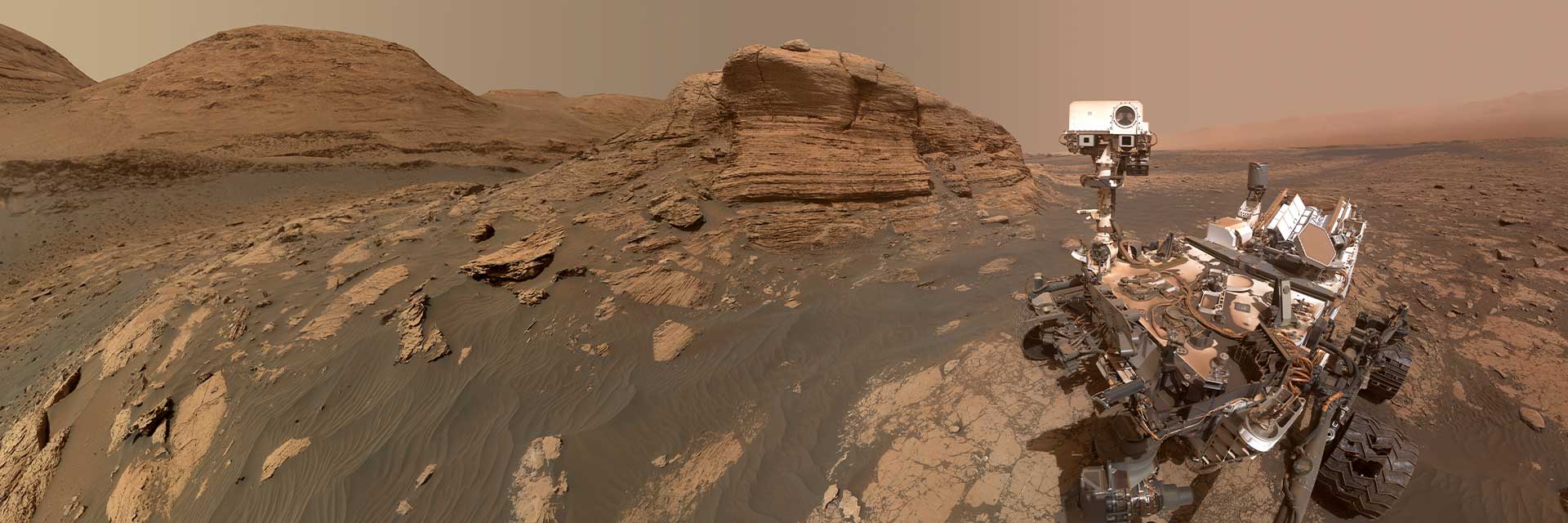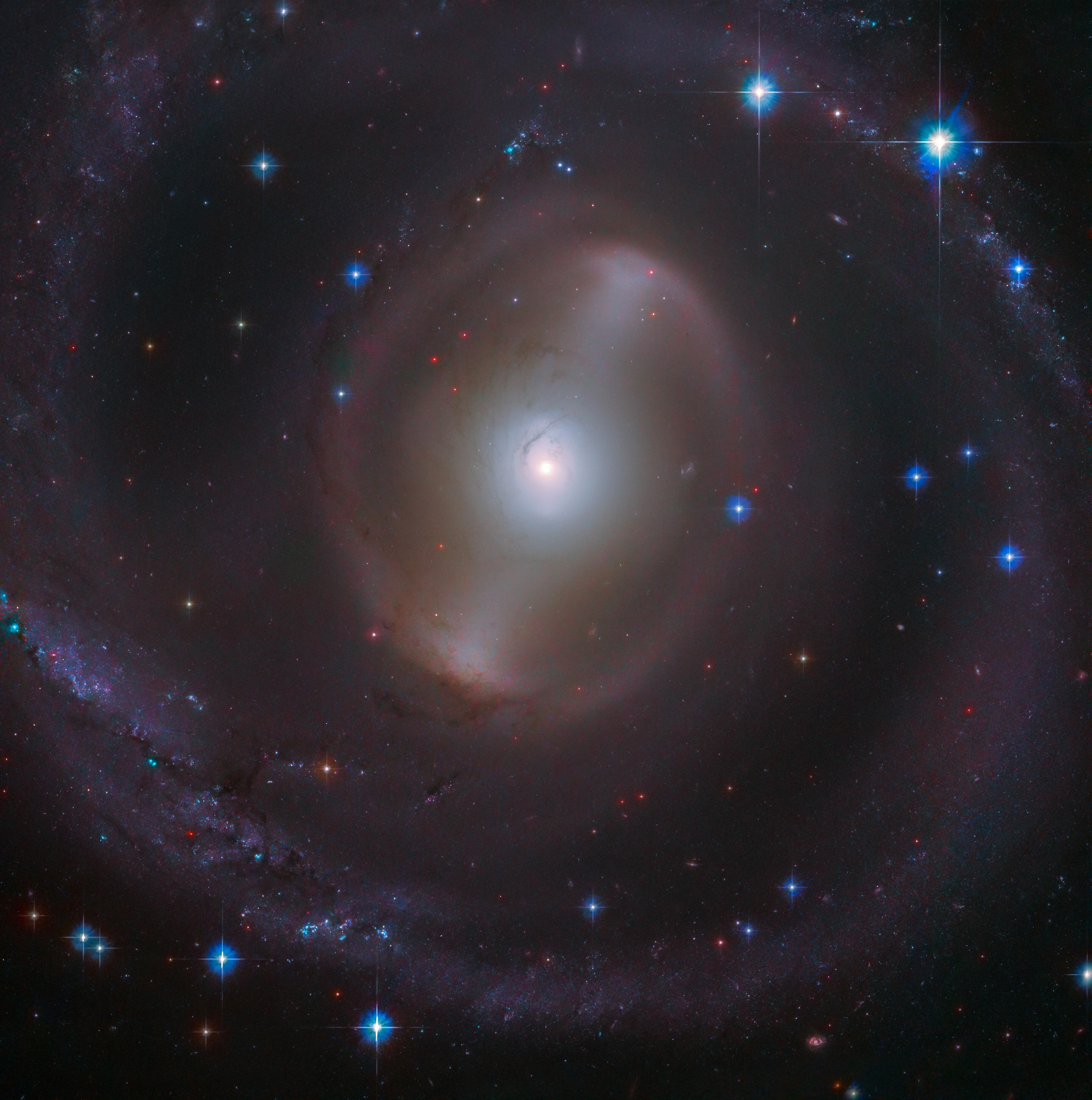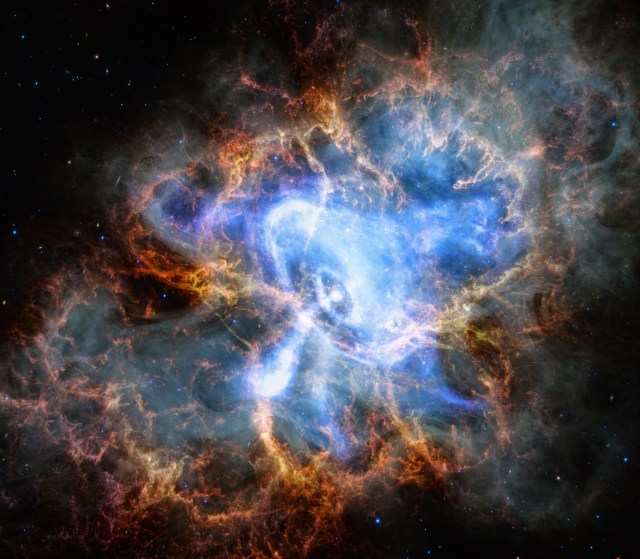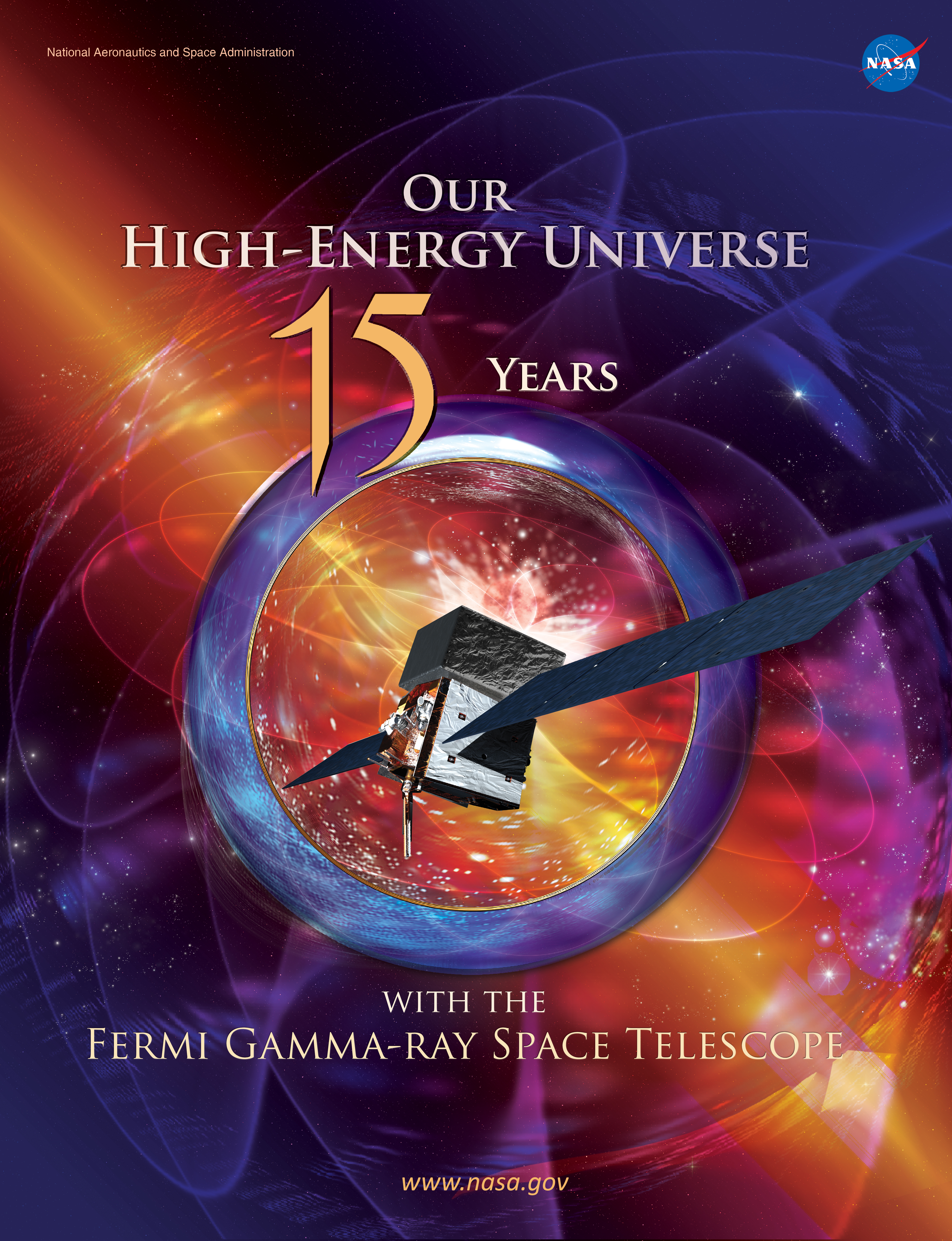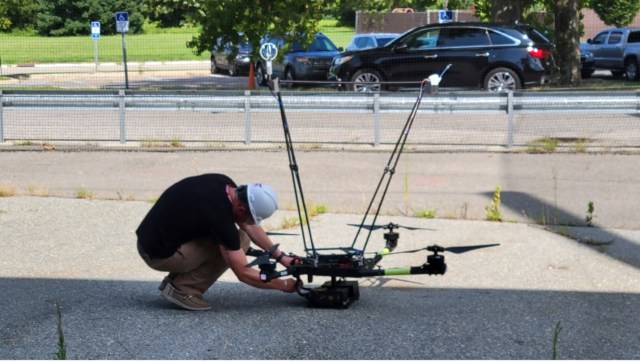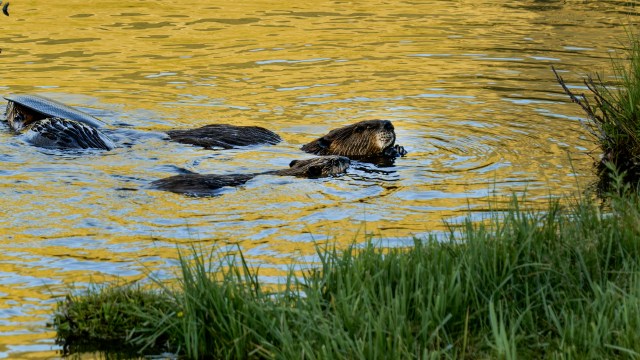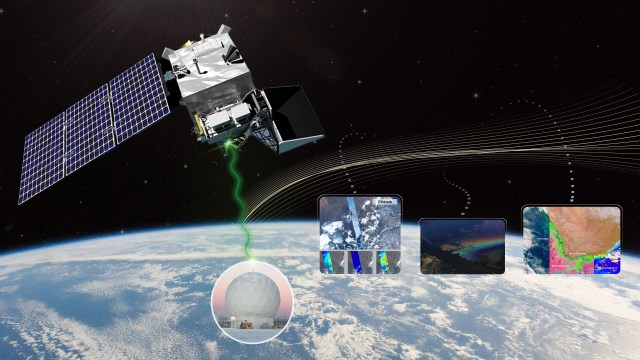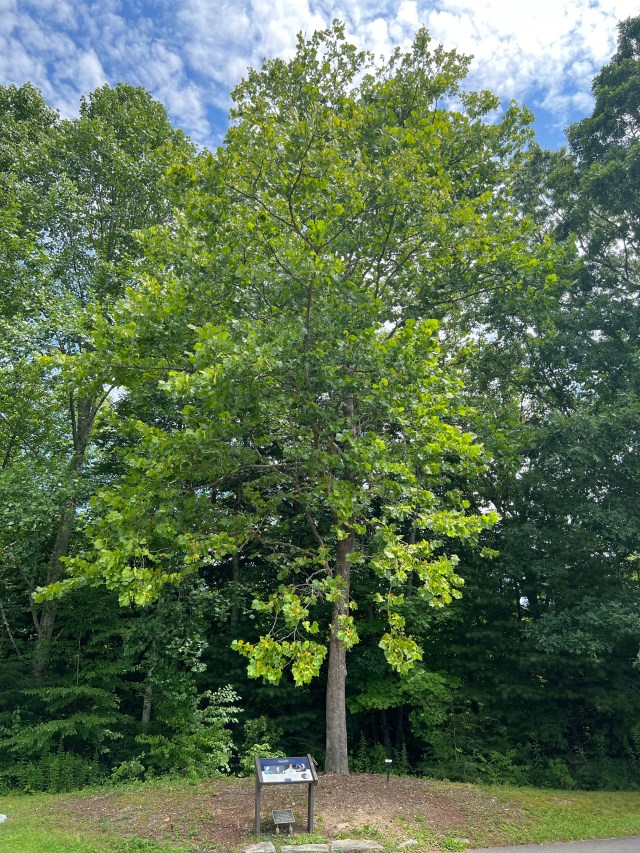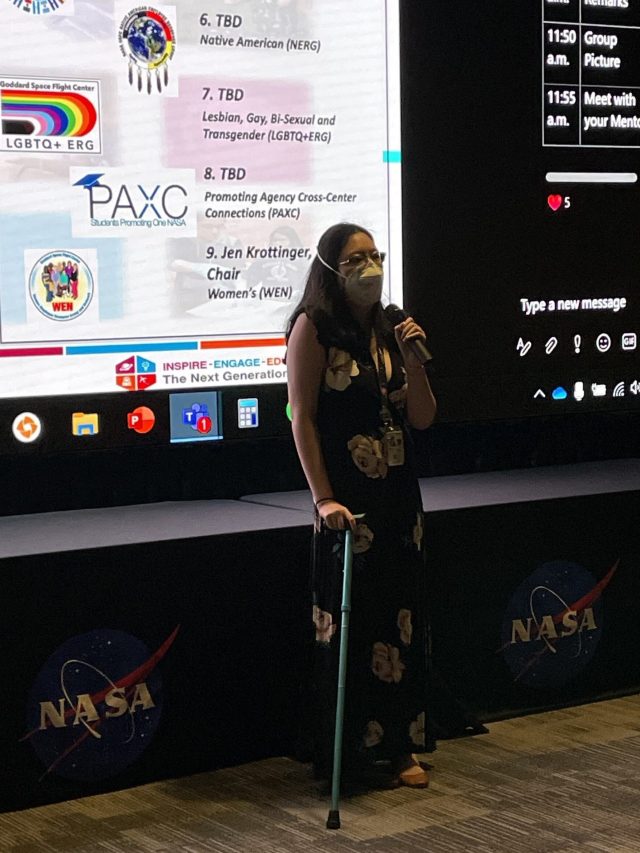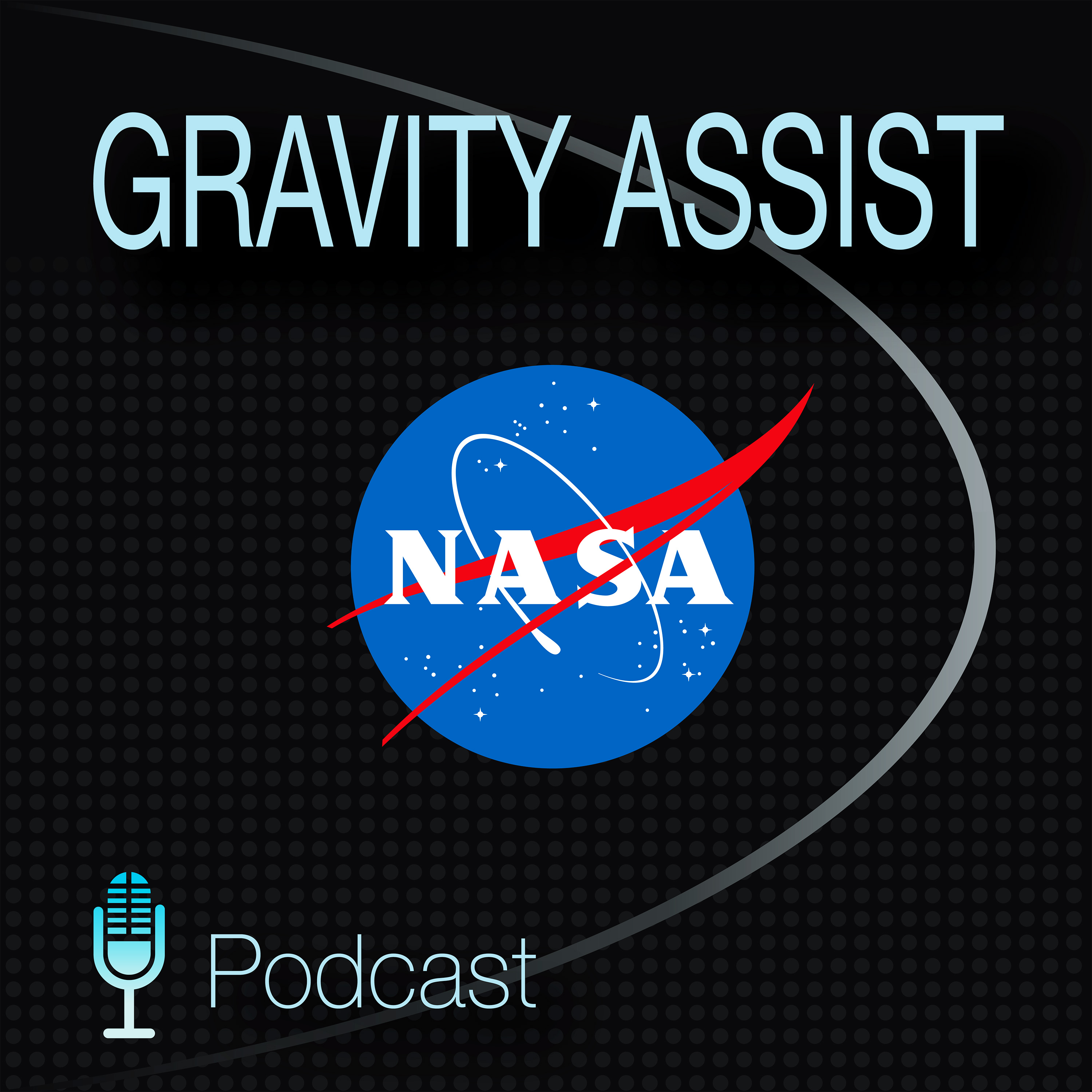NASA’sArtemis program will send astronauts to the lunar South Pole by 2024, where there is a giant impact crater. Learn how craters teach us about the history of both the Moon and Earth.
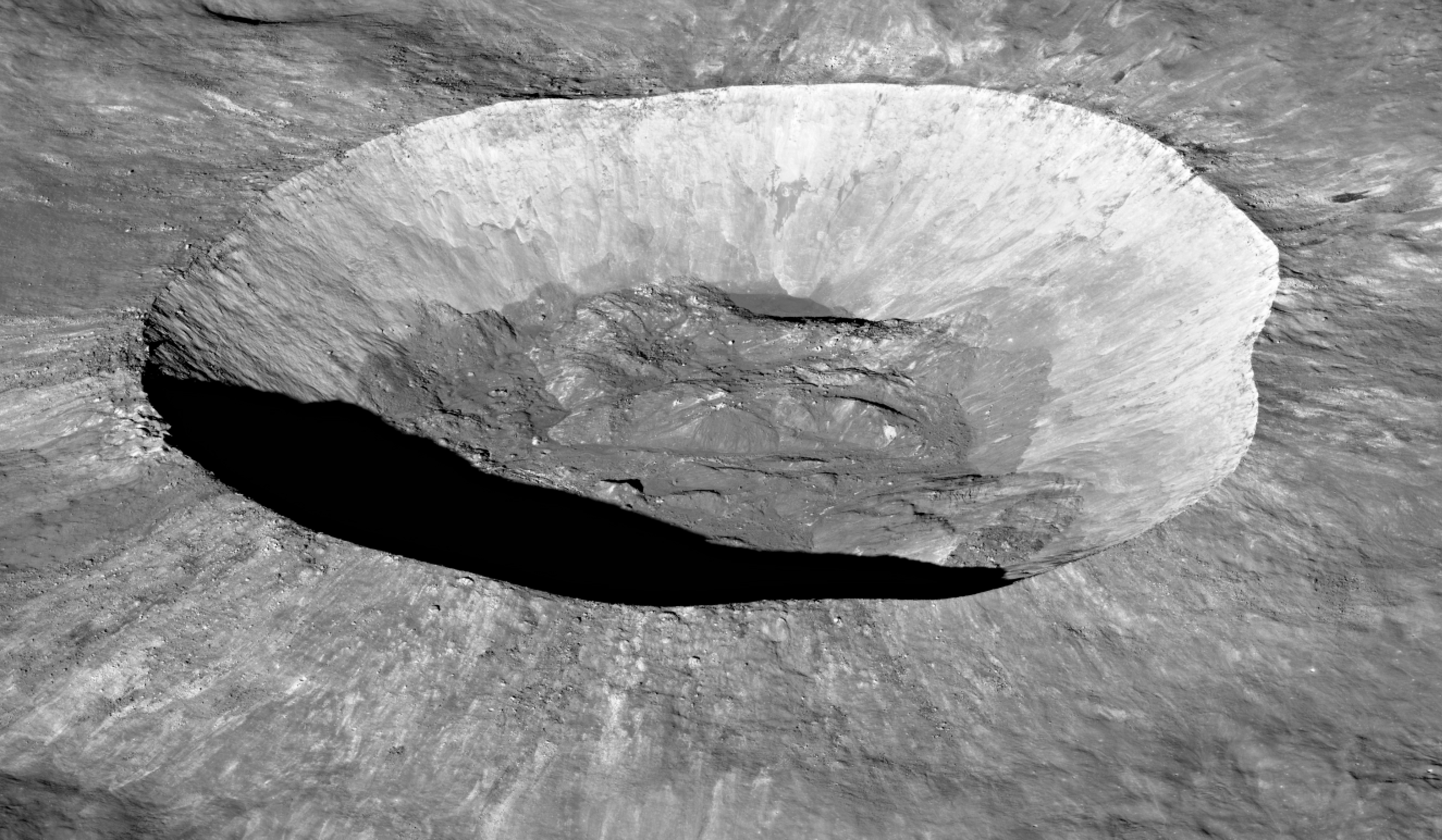
Jim Green: When you look at the Moon through a telescope, you see craters, craters and more craters. These are actual battle scars from a really violent period of our solar system’s history. What do they tell us about our origins? Let’s find out from an expert.
Hi, I’m Jim Green, chief scientist at NASA, and this is “Gravity Assist.” This season is all about the Moon.
With me today is Dr. David Kring. And David is research scientist with the Lunar and Planetary Institute in Houston, Texas. In fact, he and I are here at the Johnson Space Center and we’re going to have a fantastic time talking about cratering on the Moon.
So, welcome, David.
David Kring: My pleasure to be here, Jim.
Jim Green: You know, before the space age really got going, when we looked at the Moon and saw the craters on the Moon, we thought they were basically volcanic caldera. Well, what happened to change that?
David Kring: Yeah, let me fill that in. So if you look up at the Moon from your backyard, you can see that it is covered with these circular features. Those are these crater-like forms that were thought to be volcanic. There were some, in the scientific community, who thought they might be impact craters — that is dug out or excavated by impacting asteroids and comets — but there was a great debate on that issue.
David Kring: What changed our understanding of those circular features was the Apollo 11 mission. It took about a nanosecond for scientists, once Apollo 11 samples were returned to Earth, to realize they were dominated by rocks that had been severely damaged by the high pressures and temperatures that impact cratering produced, and not the conditions that volcanoes generally produce.
So, it was recognized that virtually all of the circular features that you see on the lunar surface were produced by impacting asteroids and comets, and forever changed our understanding that impact cratering — not plate tectonics, not volcanism — is the dominant geologic process that has shaped all planetary surfaces throughout the solar system.
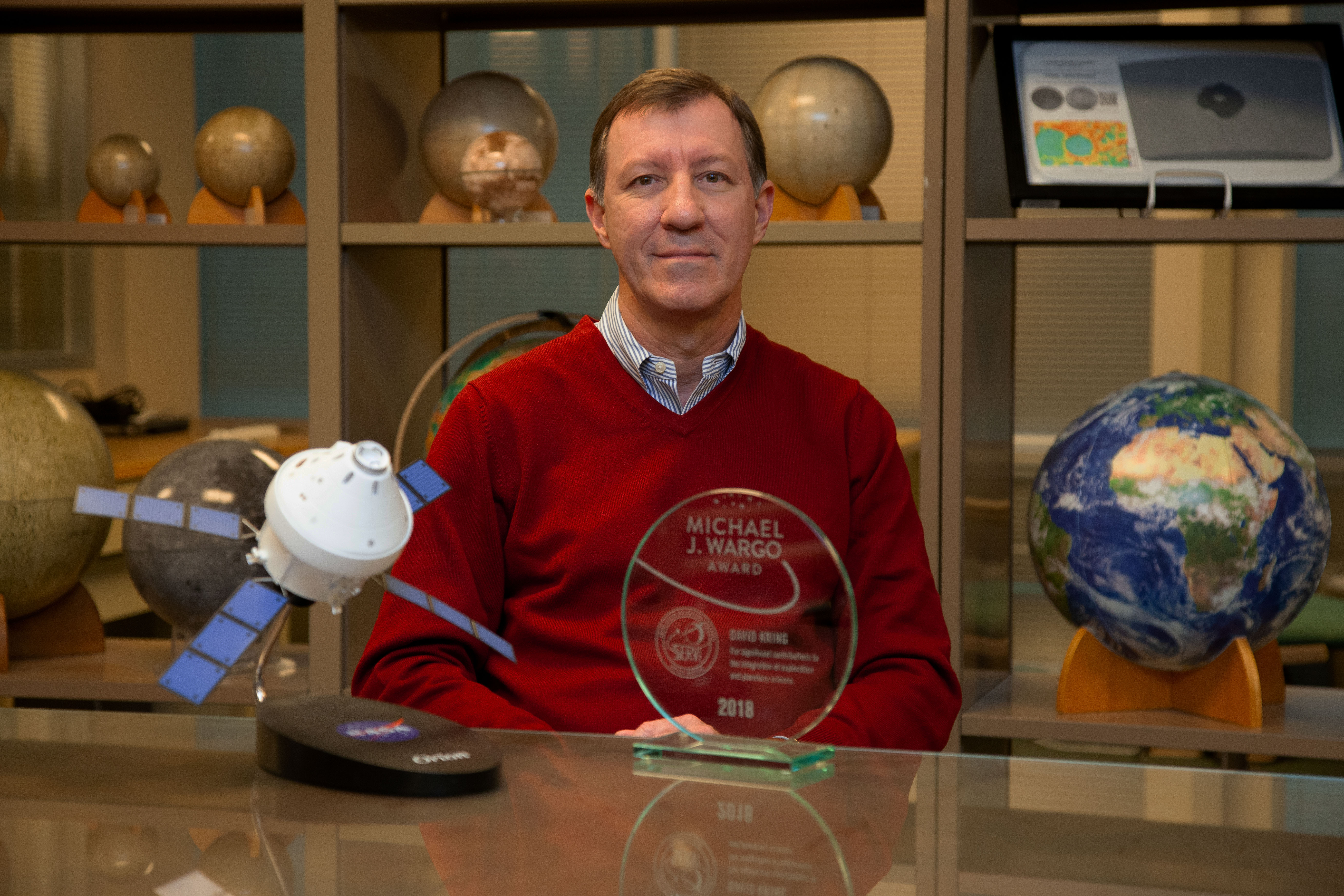
Jim Green: Well, you know, that means if the Moon was impacted over time, billions of years, and it was just getting hammered, well, that means the Earth has to be that way.
David Kring: Absolutely. That’s the wonderful gem, if you will, that’s so poorly understood by the public about why and how we do exploration. When we go to the Moon, we are going to the Moon, surely, to understand the origin and the evolution of our nearest neighbor. But we are, at the same time, getting a tremendous insight into Earth’s evolution. And importantly, the geologic record of the first billion years is actually better and very exquisitely preserved on the lunar surface, whereas it’s been largely erased from our own planet.
Jim Green: Yeah, but there’s a few around that have held up very nicely, You know, most of the cratering, of course, has been overtaken by our own plate tectonics in our ocean, uh, et cetera, et cetera. But, but there are some that are in some remote areas where, they seem to be quite pristine, like the Barringer Crater.
David Kring: Ah, yes, the Barringer Impact Crater in Northern Arizona, not too far from the Grand Canyon, I’ll point out, is the world’s best preserved impact site and, actually, the very first crater that was recognized to have been produced by an asteroid, well over a hundred years ago. It became an important training ground for Apollo astronauts in the 1960s, and actually continues to be an important training site for astronauts today.
Jim Green: Well, I know you take a variety of groups there all the time. What are the things that you tell the groups, and where do you go? Do you get inside it?
David Kring: Oh, absolutely. So, we will go around the rim of the crater. We will go into the bottom of the crater. We’ll climb out the walls. And in fact, one of the lessons is actually a very simple one, and that is how deep a crater can be and how steep the walls can be. This is something that you might not actually understand if all you are seeing is a picture of a planetary surface from space. But if you actually get into a crater, you realize it is a very steep topographic depression, which makes it a challenge for astronauts to explore.
Jim Green: What does it tell us about the size of the impactor? What have you learned?
David Kring: This crater is about 1.25 kilometers in diameter, and it was produced, believe it or not, by an asteroid probably no more than 30 or 50 meters in diameter. So, the crater itself is not produced so much by the mass or the diameter of the object, but its speed. Asteroids hitting the lunar surface, or asteroids hitting the Earth’s surface, are coming in at speeds in excess of 11 kilometers per second.
Jim Green: Wow. I mean, that’s unbelievable. Now, I know that NASA has a program where it’s constantly observing the Moon looking for light flashes. What are they looking for?
David Kring: Well, those light flashes, which are detected from across the United States, sometimes with camera systems at high schools, interestingly enough, are actually being produced by small pieces of asteroids or comets hitting the lunar surface. So, again, these objects are hitting the lunar surface at such high speeds, they’re depositing large amounts of energies. Think of it as an immense explosion. In this case, the objects are being produced by meteoroids a centimeter to maybe a couple of meters, in size.
Jim Green: Well, have we ever followed up and found those after the light flashes have been determined, the location?
David Kring: Yes. In fact, we had a rather large event a few years ago, uh, and I was called by our colleagues at the Marshall Space Flight Center, and had the energy described for me. I did a quick calculation. This is what scientists do, by the way, sometimes. They called me at 4:30 in the afternoon. I immediately dropped any idea of having dinner and stayed at the lab late doing this calculation, and determined that the size of the impact crater was probably 18 or 19 meters, in diameter. And then, the Lunar Reconnaissance Orbiter spacecraft, which is in orbit around the Moon today, began a search and, in fact, found the impact site and, lo and behold, discovered that it was 20 meters in diameter, very close to the calculated value.
Jim Green: How is that calculation made?
David Kring: They actually captured an image of the impact site, and so they were able to physically measure the diameter of the crater. Now, in terms of my calculating the size of that diameter, I took the energy, which is the kinetic energy of the impact event, and backed out from that and the speed of the object, the mass, and, therefore, the diameter.
Jim Green: You know, craters, the primary ones, which are the impacts we were just talking about from, from an incoming meteorite, but – but that can also generate huge pieces of the Moon that fly up and then create what are called secondary craters. Is that a common process?
David Kring: It’s a very common process. In fact, a single impact cratering event can produce not only hundreds or thousands, but tens of thousands of smaller secondary craters around the primary crater. And it actually makes it very, very hard sometimes, to then interpret the ages of surfaces which are reflective of the number of craters on them.
Jim Green: Well, those secondaries relative to the primary, is there a certain pattern? Do they sort of give themselves away that they were created in that same event?
David Kring: Yes. So, fortunately, we have created or determined there are criteria to identify the secondaries. Sometimes, they occur in rays that are centered on the primary crater. Sometimes the secondary craters are actually being produced so close to each other both in space and time that the ejecta — the rock that’s excavated from them and thrown up into space — collides with each other, producing interesting patterns in the ejected rock. So yes, with scrutiny, and some time, we can identify those secondary craters.
Jim Green: Well, you mentioned a particular feature that always intrigued me whenever I look at the Moon, particularly at Tycho, and that is these ray structures, these streaks of what looked like white material that radiate from that central impact.
David Kring: Absolutely. And it’s one of the more spectacular impact sites that you can actually see here from Earth. And so our neighbors, on a clear night with binoculars can actually spy the Tycho crater and the rays that you just described. But in the course of cratering on the Moon, of course, this is still a relatively small crater. Some of the basins, in fact, the largest basin that we can see from our backyards here is 1,200 kilometers in diameter, a real monster, on the near side of the Moon.
Jim Green: What’s the name of that?
David Kring: That’s the Imbrium Basin and it is filled with a dark colored rock called a mare, a basalt, much like the basalts that erupt in Hawaii, that flooded that very deep impact crater.
Jim Green: So, the difference between Tycho, which doesn’t look like it’s been filled in by the mare and Imbrium must be age, I guess.
David Kring: Yes, age is a very important factor. Imbrium was produced a very long time ago when big impacting objects were constantly hitting both the Earth and the Moon. And the Moon at that time was hot enough, it also had a significant amount of volcanic activity. So we’re talking about an impact event that occurred about 3.85 billion years ago, and volcanism that filled it about 3.5 billion years ago, whereas, Tycho is only about 100 million years old, long after most of the volcanic activity occurred, and so it sits pristinely in the highlands, on the near side of the Moon.
Jim Green: So that’s probably also why we still see the ray structure. It hasn’t been destroyed by other impacts.
David Kring: Correct.
Jim Green: Well, you know, in these impacts, there are a lot of small pieces, and they fall all over the place, and that must build up over time. What do we know about that material?
David Kring: That’s the material that we call the regolith of the Moon. This is something akin to soil here on the Earth or sediment that is produced by geologic processes on the Earth. But, in this case, it is, as you said, produced almost entirely by small and large impact events. The smallest, of course, being micrometeoritic material, little dust-sized mites of asteroid materials that hit the lunar surface in excess of 10 kilometers per second. That’s the same type of material, by the way, that hits the Earth’s atmosphere and burns up in the atmosphere producing the spectacular meteor trails that fascinate young people.
Jim Green: So, regolith, then, must be all over the Moon. How deep is it?
David Kring: The regolith is all over the Moon. Where the rocks are oldest or the geology the oldest, the regolith is thicker. It may be up to 10 or 12 meters in thickness. On the younger surfaces, it may just be a meter in thickness. And there’s a general rule of thumb: that you get a meter of regolith per billion years. So in general, the average is 4 to 5 meters of regolith. Now that sounds like a lot but, geologically, given the topography of the Moon, that’s not very much, which means that a lot of very old geology still lays exposed on the lunar surface, which is a wonderful treasure for astronauts to collect.
Jim Green: Well, did the astronauts bring back regolith?
David Kring: The astronauts brought back the finest soil on top of the regolith, the regolith, and sometimes they did it by scooping, by raking, by trenching, and, sometimes, by pounding core tubes into it, and bringing it back to Earth.
Jim Green: Well, you know, I remember distinctly, in the communication on Apollo 11 that as Neil Armstrong got out of the Eagle and started down the ladder, the first thing he talked about was how much regolith was crushed by the pads of the lunar limb. And he said something like, ‘it doesn’t look but a couple inches,’ you know, so, does it vary so much or is it just packed in when you, when you set something on it?
David Kring: The uppermost part of the regolith is what we call the soil, and it is unconsolidated, and soft like talcum powder, very easy to crush. Beneath that is a slightly coarser type of material. And it is not consolidated or glued together, but the pieces in it are interlocked. And the reason they are so interlocked tightly is because, over billions of years, impact event, after impact event, after impact event on the lunar surface has jostled it into a very tightly knit network.
Jim Green: So that’s why the things that we land don’t sync up to three or four feet, you know. It allows us to be supported, and then walk around on the Moon.
David Kring: Yes.
Jim Green: So let’s get back a little bit to the lunar mare, you know, when we look at the beautiful moon, and we see the one side the, near side, we see mare structures all over the place. These then are all big impacts, basins we call them, but on the far side, do we see much mare?
David Kring: No. On the far side, there’s not much mare. And for your listeners when we talk about mare, we’re talking about the dark, gray regions that you see on the near side. The highlands, which is the other geologic term we use, are the bright white areas. On the far side, almost the entire terrain is dominated by that bright, white and heavily cratered material.
Jim Green: But you know there’s an enormous impact on the far side, another basins called the South Pole-Aitken basin. It goes from the South Pole to a small crater called Aitken. I don’t see any mare in that from any of the satellite observations that come back. How come that didn’t get filled in?
David Kring: Well, first of all, let me describe the size of this. This is 2,500 kilometers in diameter. It’s a monster. Some would argue it’s the oldest, largest impact basin in the solar system. And as you said, it’s immense. It is a 13-kilometer-deep bowl on the far side of the Moon. And we don’t see mare filling it. But we do detect traces of mare. So there were small eruptions scattered throughout the basin. We’re still trying to deduce how broadly those eruptions are. But because of its age and reworking by later impact events, the record is partially obscured. And it may be we aren’t going to fully understand, or be able to answer your question, until we actually get on the surface, explore it, and bring back samples of that material.
Jim Green: So this has created a huge excavation of the crust. I know a lot of scientists want to go there and get samples. What would be the significance of samples in the middle of the South Pole-Aitken basin?
David Kring: Well, based on the samples that the Apollo astronauts collected, the scientific community deduced that intense period of bombardment during the first six [hundred million] or 700 million years of the evolution of the Earth and the Moon. We still argue, however, as to the pace of that bombardment. Some argue that there was an intense cataclysm of bombardment.
David Kring: The South Pole-Aitken basin, being the oldest and largest, provides an anchor for when that intense impact activity occurred. So we very much like to see, when the bombardment was initiated. And we can do that if we collect a part of the Moon’s crust that was melted by the impact event and, therefore, records the age of the impact event.
Jim Green: Well, the other part of that I understand, correct me if I’m not right, is that, you know, that impact was so great, that the crust was largely blown away. And so we may have what we would call exposed mantle material. Now, we can’t get to the mantle of our own Earth and maybe mantle material, and how its put together based on its depth when it was formed, is right there. And so those samples have other important implications associated with them.
David Kring: Yes, you said that exactly, right.
Jim Green: Well, the Moon’s got all kinds of spectacular features. The Lunar Reconnaissance Orbiter has really heralded a new opportunity for us to look at high resolution images of the Moon, and then tease out these features. One of which are skylights. Why do we call them that?
David Kring: Skylights are little holes that have been punched into or broken out of the roofs of subsurface channels of once-flowing lava. So 3 billion years ago, or 3.5 billion years ago, when lavas were erupting on the surface, many of those lavas traveled across the lunar surface in these tubes. Today, they are solidified. They’re little rocky tubes, and every once in a while, either an impacting asteroid or some other event has caused a hole, or part of the ceiling of those tubes, to drop out, and so we can peer into the tubes. And the roofs provide a cross section of the geologic events that occurred after the tube solidified.
Jim Green: You know, I flew into Hawaii not too long ago to go to a particular conference. And as I was driving out of a lava strewn area, a lot of people were parked off to the side, and they were walking around and, “Okay, this looks so interesting. I think I’ll go over and take a look.” And I went over, and it was a collapsed lava tube that you could actually walk down and go into. It was really exciting. And to think that structures like that exist on the Moon, it really relates the geology we have here on Earth with the geology of the Moon.
David Kring: Yes.
Jim Green: The other aspect that LRO has seen are what are called pits. Now, what are they?
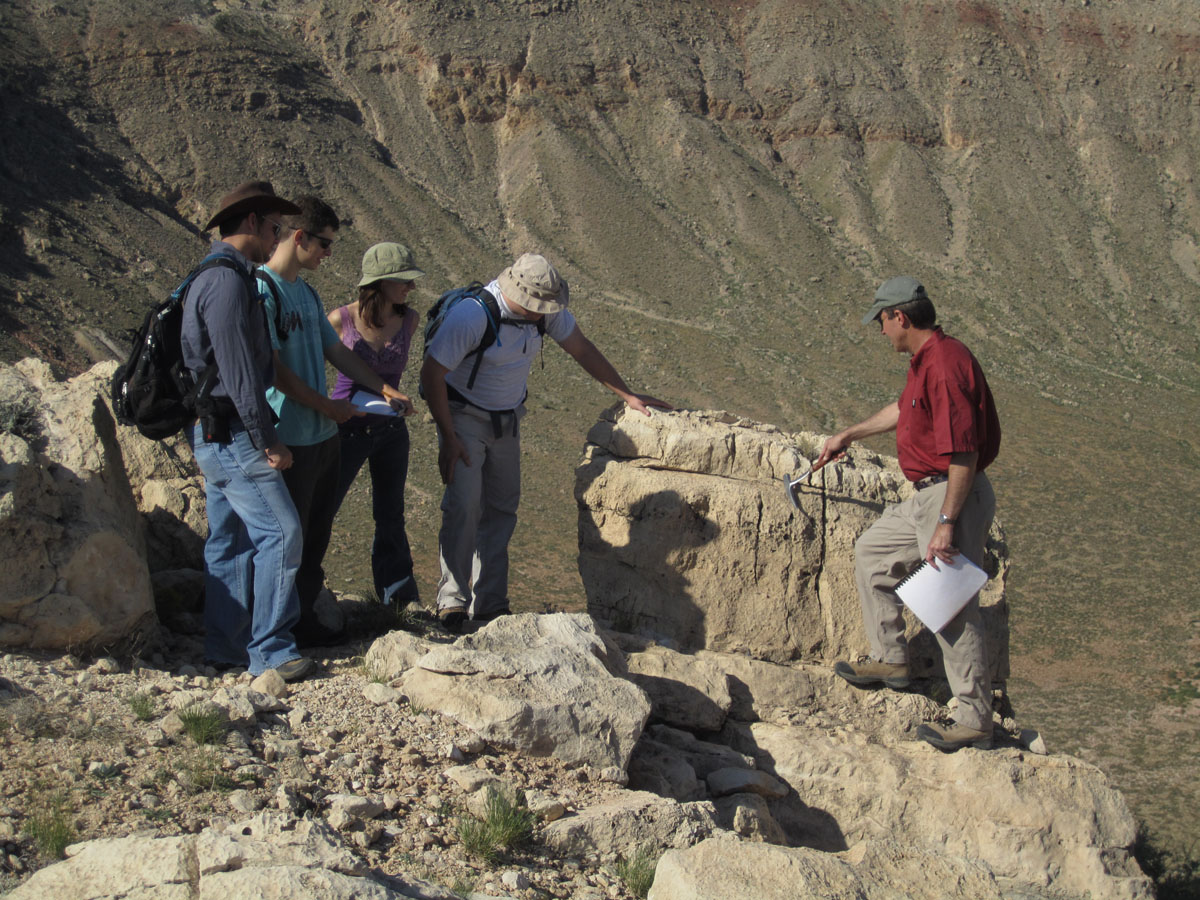
David Kring: Pits are related to skylights, in that they are essentially collapsed features. We will sometimes see them not associated with the volcanic provinces but also in the impact cratering provinces where impact melts produced by the high energy of impacting events can actually produce melts of their own, some of which flow, and some of which had the same morphological features as the volcanic skylights that you were describing.
Jim Green: Well, you know the top theory on the formation in the Moon is what’s called the giant impact. What do you think happened way back when? You think that the right theory?
David Kring: I think it’s the hypothesis that fits the observations that we have. This is, again, one of these big ideas among several big ideas that came out of the Apollo program. The model we’ve been able to put together based both on the Apollo samples and computational modeling back here on Earth is that the Earth or the proto-Earth, as it was growing from rocky debris from across the solar system, was near the end of that process, collided with an object about twice the size of the Moon. And the collision between those two objects spew rock, and melt, and vapor into orbit around the Earth, and that material then coalesced to form the Moon. And it would have been very hot material at that time. And in fact, this is another Apollo 11 discovery, it is now recognized that the Moon was once surrounded by an ocean of magma that, over time, solidified.
Jim Green: And then that became the crust.
David Kring: And form the crust of the Moon.
Jim Green:It’s with those samples that we brought back that have really enabled us to create this model and this idea that has lasted so long. Well, you know, Space Directive 1, which came out in 2017 the President said, “We want an aggressive lunar program. We want to go back to the Moon, and then on to Mars. We want to be able to have humans walking back on the Moon.” Now, human exploration, once we have that opportunity to explore the Moon up close and personal like we did with the Apollo, where would you go?
David Kring: I do have a favorite. I have to say that we spent six years exploring all the potential landing sites on the lunar surface trying to figure out where we could do the most science in one place. And that six-year study led us to the Schrödinger impact basin. It’s a monster, by the way. It’s twice the size of the dinosaur killer Chicxulub here on Earth, and it sits within that South Pole-Aitken basin that we were speaking about earlier. It is the single best place to address the largest number of science questions that the National Research Council has identified for NASA and the nation’s scientists.
Not only can we deduce the impact story for the Moon, but it provides a window into the magnetic evolution of the Moon and in addition, provides an opportunity to begin to explore the types of resources that we might need to have a sustainable program like you described. The largest indigenous source of volatiles in the South Pole region, may have been within the Schrödinger basin.
Jim Green: So is Schrödinger on the near side or the far side?
David Kring: The Schrödinger Basin is on the far side within the South Pole-Aitken basin.
Jim Green: Okay, so that means, uh, we’re gonna have to wait a little while until NASA gets the Gateway going, getting it constructed, and allowing us to have communication from the far side. But indeed I think we know more about the surface of Venus than we do the far side of the Moon, you know, for crying out loud. We got to get down on the ground and get some samples and bring them back.
Jim Green: One of the fantastic ideas that you’ve been working on in this early Moon theory is really about the outgassing, and whether the Moon could hang on to that. What’s that all about?
David Kring: I have to say that we were looking at this epoch of magmatic activity that occurred early in the Moon after, of course, the basin’s formed between 3, 3.5, 4 billion years ago, when the lavas erupted and flooded across the surface. It turns out they carry gases to the surface, a lot of carbon dioxide, carbon monoxide and water vapor. The vapors that were emitted into, space above the surface were actually so great and occurring so fast, there was actually an atmosphere around the Moon at that time. It’s kind of hard to believe because we look at it today as this airless body, but that atmosphere was 50% denser than the atmosphere around Mars today. And importantly, it these volatiles that then could be carried to the poles of the Moon, and deposited in ice deposits. And those ice deposits are a very enticing exploration target.
Jim Green: In fact, you know, we’ve see in these permanently shadowed areas indications of water, either H2O or OH, which we call hydroxyl. And that makes it really intriguing. So the idea of this atmosphere helping the transport of water into that area is really appealing to me. I really liked that idea. So why is water in the poles so important for us?
David Kring: Well, water is one of those very important ingredients for the sustenance of an astronaut. You need it to drink. You need it to breathe. You also can use in space, the components of water, the hydrogen and oxygen as fuel. And so if we, in fact, can find significant deposits of this water ice in the polar regions, and recover it as a resource, it will enable us to have a sustainable program on the lunar surface, and also provide resources to carry that activity beyond the Moon, deeper into the solar system.
Jim Green: Yeah, you know, I think that recent discovery of water in the permanently shadowed regions is really so important for human exploration to develop those plans and make the visiting the Moon on a regular basis sustainable for long periods of time. We have so much to learn from that.
Jim Green: David, you know, I always ask my guests to tell me what was the event or person or activity that happened in their life that got them so excited about planetary science that they decided to become a scientist. So David, what was your Gravity Assist?
David Kring: My “Gravity Assist” was, in fact, the event that we are celebrating this year that occurred 50 years ago, that is the landing of the Apollo 11, astronauts on the lunar surface and the initial exploration of the lunar surface. I vividly remember Neil Armstrong and Buzz Aldrin taking those very first steps for the very first time exploring a new world that basically illuminated our sense of not only there being a solar system, but also when you turn back and look back at the Earth, that the Earth, in fact, was part of this larger planetary system. It was just one of those inspiring moments.
David Kring: And I’m not alone, I have to say. A lot of people in my generation were inspired by that event. And that is one of the things that I remember vividly and, actually, use as a motivating tool today. I would very much like to do the type of exploration you were describing a moment ago, today, in the next few years, so that we can inspire a new generation of students with the same interest as I.
Jim Green: You know, I can’t agree with you more. I think getting back to the Moon, landing again, will be so exciting that will inspire another new generation that want to explore the solar system, and be part of the NASA program, become astronauts, become scientists really think we’ve got a wonderful golden age of exploration, starting at the Moon, just ahead of us.
Jim Green: Well, David, I really appreciate the opportunity to chat with you about the craters on the Moon. It was really exciting. Thank you very much.
David Kring: My pleasure, Jim.
Jim Green: Well, join me next time as we continue our exploration of the Moon. I’m Jim Green, and this is your “Gravity Assist.”
Credits:
Lead Producer: Elizabeth Landau
Audio Engineer: Emanuel Cooper


